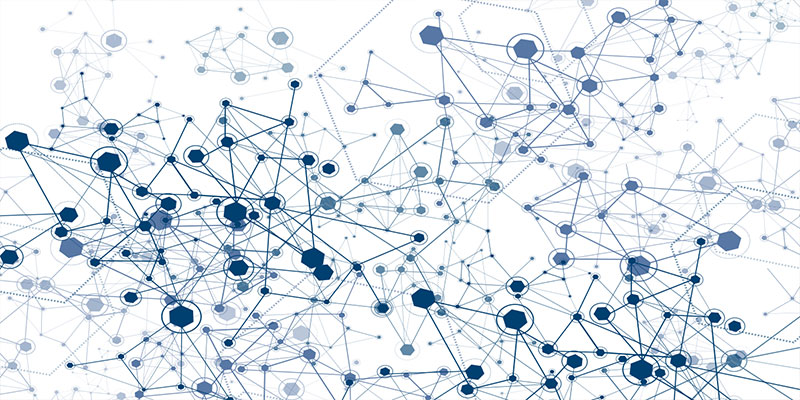Organizations have become increasingly complicated in the modern business landscape, with sophisticated webs of processes and a wide array of employees collaborating to achieve common goals. Businesses are turning to a revolutionary field known as Organizational Mining to help them negotiate this complexity. Process Mining and Social Network Analysis (SNA) are combined to form Organizational Mining. In this comprehensive blog post, we will look at what Organizational Mining is, how it works, and what benefits it may have. In addition, we’ll answer some commonly asked questions to provide a comprehensive grasp of this novel technique.
What exactly is Process Mining?
Process Mining is a data-driven methodology that provides a detailed understanding of how processes work within a company. It entails gathering and analyzing event logs in order to visualize, evaluate, and enhance business processes. Process Mining tool delivers useful insights into inefficiencies, bottlenecks, and compliance issues by evaluating real-world execution.
What is the definition of Social Network Analysis (SNA)?
In contrast, social network analysis is a tool for investigating social structures and relationships within a group or organization. It is concerned with mapping the interactions of individuals or entities in order to discover patterns, impact dynamics, and communication flows. SNA can uncover hidden influencers, information brokers, and collaboration gaps.
The Beginnings of Organizational Mining
Organizational Mining is the result of a combination of Process Mining and SNA. This hybrid approach considers both operational procedures and social networks. It aims to provide a comprehensive understanding of how these two aspects of an organization interact with one another, affect one another, and impact overall performance.
How Organizational Mining Works

Data Gathering
Gathering data from multiple sources within the organization is the first step in Organizational Mining. This information may include:
- Process Data: Information regarding how tasks are completed, such as timestamps, durations, and accountable parties.
- Social Network Data: Information gathered from contacts between persons or departments, such as emails, meetings, and collaborations.
Integration of Data
Once the data has been acquired, it is combined to build a full dataset that includes process and social network information. This integration allows analysts to investigate the links between workflow and interpersonal relationships.
Visualization
Organizational Mining tools develop visual representations such as process flowcharts and social network diagrams using the integrated dataset. These illustrations provide a clear picture of how processes interact with social networks.
Analysis
The analytical skills of Organizational Mining are at the heart of its power. Specialized algorithms are used by analysts to find patterns, anomalies, and correlations between processes and social network data. This analysis can reveal:
- Bottlenecks: Where process inefficiencies and communication failures coexist.
- Influencers: People who play important roles in both processes and social networks.
- Collaboration Gaps: Situations in which strong social ties do not convert into effective operations, or vice versa.
Insights and Suggestions
Organizational Mining generates actionable insights and recommendations for process optimization and enhanced social network dynamics based on the research. These insights enable businesses to make data-driven decisions that improve efficiency and collaboration.
The Advantages of Organizational Mining
Increased Efficiency
Organizational Mining can dramatically improve operational efficiency by identifying bottlenecks and optimizing processes. It assists companies in eliminating repetitive tasks and reducing delays, resulting in time and resource savings.
Increased Collaboration
Understanding an organization’s social networks allows for more effective collaboration methods. Identifying influencers and connectors promotes knowledge sharing and innovation, resulting in a more unified and effective workplace.
Organizational Mining for Data-Driven Decision-Making offers businesses with the data and insights they need to make educated decisions. Data-driven decisions result in improved outcomes, whether they are used to optimize operations, reallocate resources, or build teamwork.
Enhanced Compliance and Risk Management
Organizational Mining can play a critical role in ensuring compliance for firms in highly regulated industries. Organizations can limit risks and avoid costly penalties by detecting and addressing noncompliance concerns early on.
Conclusion
Organizational Mining, a hybrid of Process Mining and Social Network Analysis, provides businesses with a valuable tool for understanding how processes connect with social networks inside their ranks. Businesses may improve productivity, collaboration, and decision-making by embracing data and analytics, eventually driving success in today’s complicated corporate world. Embracing Organizational Mining is not an option; it is a requirement for those seeking a competitive advantage in today’s economic landscape.
To summarize, Organizational Mining is a strategic need for firms seeking to survive in an interconnected world. It’s a paradigm change that has the potential to unleash hidden potential, offer new opportunities, and fuel long-term growth.
Organizational Mining is positioned to transform the way businesses operate, adapt, and prosper in an ever-changing business environment by using the synergy of Process Mining and Social Network Analysis. It’s time to adopt this unique strategy and realize your organization’s full potential.
Do you have any additional questions concerning Organizational Mining or its application? Please contact us, and we will gladly assist you on your path to organizational success.
If you have any questions about Process Mining, you can book a tour with us right now.



